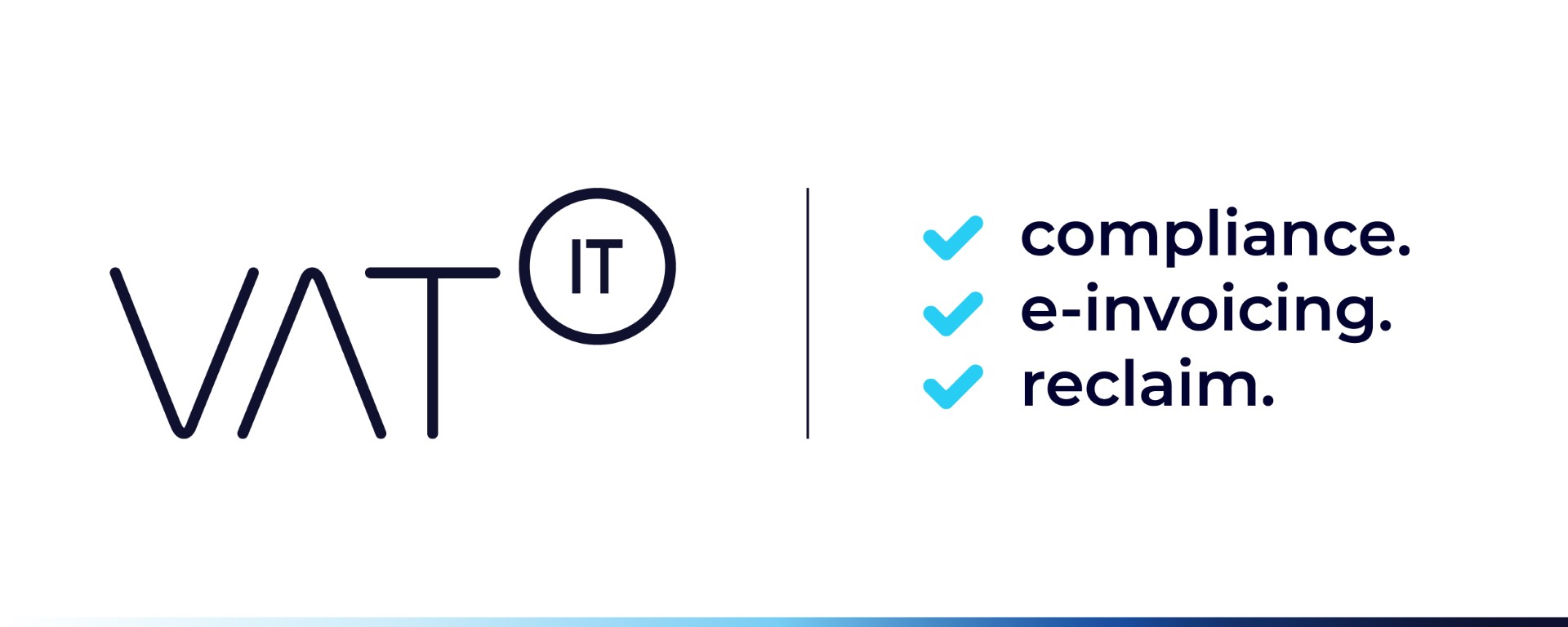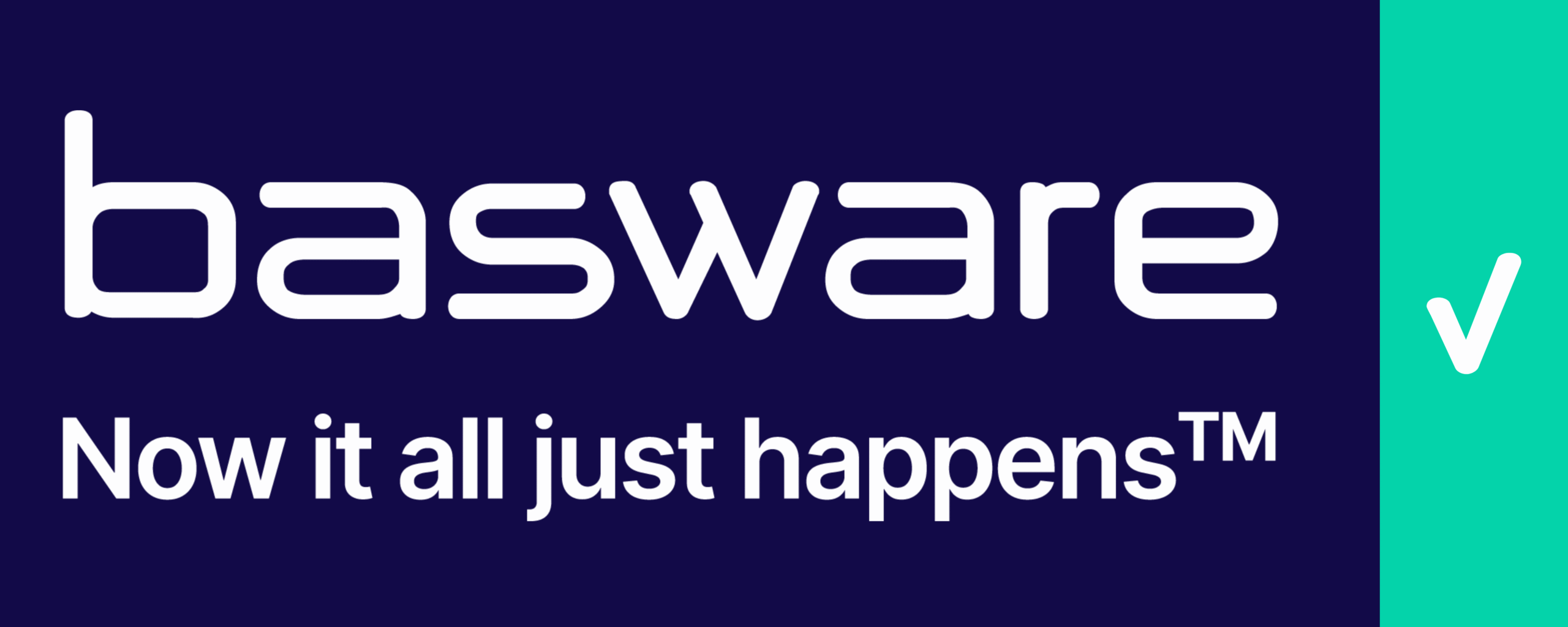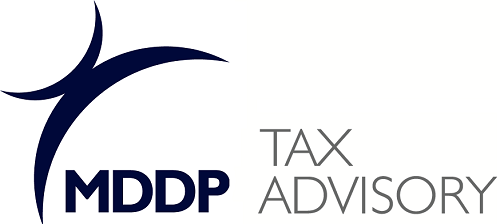We are pleased to discuss Poland’s VAT landscape with Piotr Arak, Director of the Polish Economic Institute. He tells us that by implementing stricter measures, Poland was able to reduce its VAT gap from 24.7% in 2015 to 8% to 9% in 2020. During this time frame, it introduced a Split Payment scheme, a Single Audit File for Tax (SAF-T) and the technical system STIR that sends real-time data from businesses to tax authorities. Setting up this technical system helped digitalise companies at a broad scale and increased Poland’s VAT revenue, since it enabled for instance, the automatic detection of suspicious transactions and fraudulent behaviour. Piotr is a strong advocate for real-time reporting and data confidentiality in these mechanisms to prevent valuable information being exposed. Lastly, he also notices the importance of more international collaboration of tax authorities and provides insights into the mandatory e-invoicing regime, which is coupled with real-time reporting obligations, that is planned to enter into force by the end of the year.
Source: summitto.com
Latest Posts in "Poland"
- How to Get a VAT Refund in Poland: Eligibility, Procedures, and Fast-Track Options
- Transfer of Goods Between Spouses With Separate Businesses: When Is VAT Due?
- KSeF 2.0 Testing Begins: Early System Failures and Authentication Issues Reported
- Supplementary Land Use Does Not Affect VAT Exemption for Unbuilt Recreational and Park Areas
- How Should Entrepreneurs Settle VAT and PIT for Programming Course Fees?














